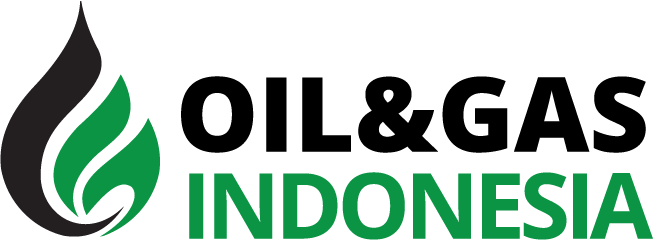The shipping industry, including in Indonesia, is now running with lower, even negative margin due to oversupply. The oversupply will affect the order to new ship-build. Such a challenge to shipyard industry!
The shipping industry is still facing oversupply. The oversupply that has existed since the global crisis of 2008 is expected to continue. The oversupply has triggered the shipping industry running under poor performance, making more and more shipping companies suffering loss.
Indonesia shipping industry condition, according to Johnson W. Sutcipto, Chairman of Indonesia National Shipowners’ Association (INSA), is not so different with such global situation, but little bit better.
“Though it is little bit stable, but in general, the national shipping companies are now facing a difficult situation. Many shipping companies are running the business for survival, without much profit.”
“No doubt, overcapacity has caused such condition,” explained Johnson, in a recent pre-event discussion for Marintec Indonesia 2016.
“Overcapacity, simply put, is the over-supply of shipping vessels, in comparison to the demand,” Johnson explained further.
According to Johnson, there are many tug and barge are laid up due to lack of orders (cargo). At the River of Mahakam, Kalimantan for example, thousand of tug and barges are parking due to no orders.
In addition to the government policy on ban of export of mining raw minerals that result in lower export cargoes including the drop of coal export, the increasing number of fleets triggered by the 2005 cabotage is also the factor of oversupply.
Reported that following the issuance of the 2005 cabotage, the domestic shipping fleet has almost tripled over the last decade. Total national fleets have reached more than 16,000 units in 2016, from only 6,041 units in 2005.
Challenge for shipbuilders
With such shipping business condition, number of fleets, as well as high number of idle fleets in Indonesia’s waters, will it threaten the industry of shipyard (shipbuilders) especially the ones in Indonesia?
“I prefer to say it as a challenge rather than a threat,” commended Johnson. “Fluctuation, up and down in shipping is normal in a business.”
Echoing the view, Christopher Eve, President Director of PT UBM Pameran Niaga Indonesia, the company that will organize the Marintec Indonesia 2016, underlined: “Since the trade activities are still running, the shipyard business will still have an opportunity. We all know any ports are still now doing loading and unloading activities. It means that shipping activities are still going on. And, there is an opportunity for shipyards.”
And for the shipbuilders in Indonesia, according to Johnson, there are some challenging conditions that can become a golden opportunity.
First, though there are some tug and barges that are oversupply, but Indonesia needs more fleets to support the government sea toll program, the vessels that are suitable with the condition of Indonesia waters. “We need more fleets to support the government ‘tol laut’(sea toll) program,” he said.
Second, most of the Indonesian flag ships are still imported, reaching over 50%. According to Johnson, most of containerships and tankers are still imported, mostly from South Korea, China, and Japan. “But all tug and barges are produced by local shipbuilders,” he said.
Third, more than 50% of Indonesia’s fleets are over aged and should be replaced by new ones. He said the ideal age of vessels should be less than 25 years. “Many Indonesian fleets have been over 25 years old. They should be replaced as soon as possible for the sake of safety shipping,” he said.
Fourth, most of the Indonesian fleets (more than 80%) have not complied with the Non Conventional Vessel Standard (NCVS). To comply with NCVS, Indonesia needs more new builds, or at least to modify the existing fleets to meet the standard.
Considering those factors, though the market is still oversupply, but Indonesia shipbuilders still have rooms to get developed, according to Johnson and Christopher.
Christopher meanwhile added that though basically building a vessel has similar principle from time to time, but needs to use new technology, to follow the new regulations, and to run a more efficient business has force both shipbuilder and shipping lines to build new vessels.
“Relating to the regulations for example, besides following the NCVS, news ships have to follow the regulations relating to environment. Shipping must environmentally friendly,” underlined Christopher.
Further, in lined with the advanced technology, a vessel should be equipped with new technology tools. And of course, for the sake of business, shipping industry need to use more efficient vessel. “For example, vessel that can save more fuel consumption is mostly preferred,” noted Christopher.

